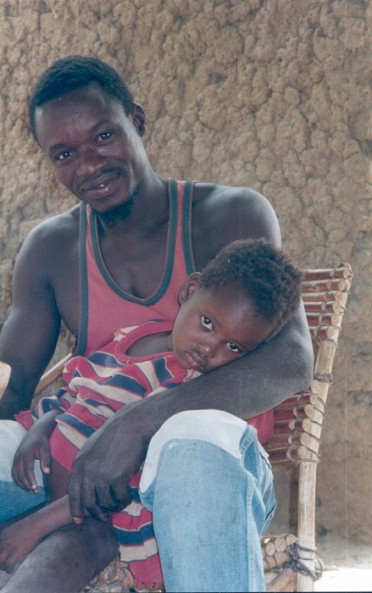Children’s family network: structure and dynamics
Complexity, flexibility and dynamics of socialization networks
It is almost a truism to say that the family environment in sub-Saharan Africa is complex. The contours of membership groups—residential, economic, lineage—are variable; relationships between spouses and family members take a wide range of forms (polygamy, sizeable age differences between spouses, intergenerational co-residence, classificatory system of kinship) and mobility is high, starting in childhood. In short, individuals—especially children—are bound up in dense and shifting social networks. This type of organization clearly extends far beyond the parental couple to implicate and mobilize larger kinship networks when it comes to socializing and taking care of children; it is one determinant of high-fertility regimes. It probably also has a role in other demographic changes, such as a slowed fall in mortality rates or the difficulty of achieving mass education. It is therefore important to analyse the family network as a system, taking into account the different components of that system and drawing on appropriate statistical data.
However, demographic studies of child’s family context are generally limited by their focus on the selected family unit (the household) and ties (child’s relations to his or her biological parents) and by a standard static/transversal approach to family structures.
Thanks to the SLAM Project’s longitudinal population surveys, these classic data constraints can be overcome. The surveys and studies allow for
- moving beyond the “household” category to analyse the family environment and the place of the child within the family economic unit (zû);
- grasping how the different levels of family reality—economic space, residential unit, kinship—fit together;
- analysing changes in family frameworks over the long term by simulating the changes in kinship networks that are occurring with the advancing demographic transition and by drawing on census data (1976-2009);
- adopting a longitudinal approach and analysing family environment dynamics over the course of the child’s life. This brings to light the considerable change—renewal—in individuals surrounding the child. The flexibility of the set of persons surrounding and taking caring of children is a full-fledged component of our project. Specific indicators are constructed to capture this flexibility and to examine its impact in terms of socialization processes, inequalities, and changes in attitudes toward children.
Some findings
Changes in kinship networks with the advancing demographic transition: simulations
Structure and changes in children’s family environment
Samuel O., Dasré A., Hertrich V. , « Cadre familial dans l’enfance », Be-DyPE n°2, Juillet 2013
Dynamics of children’s family environment
Methodological work
-
 Photo : Slam, Ined
Photo : Slam, Ined
